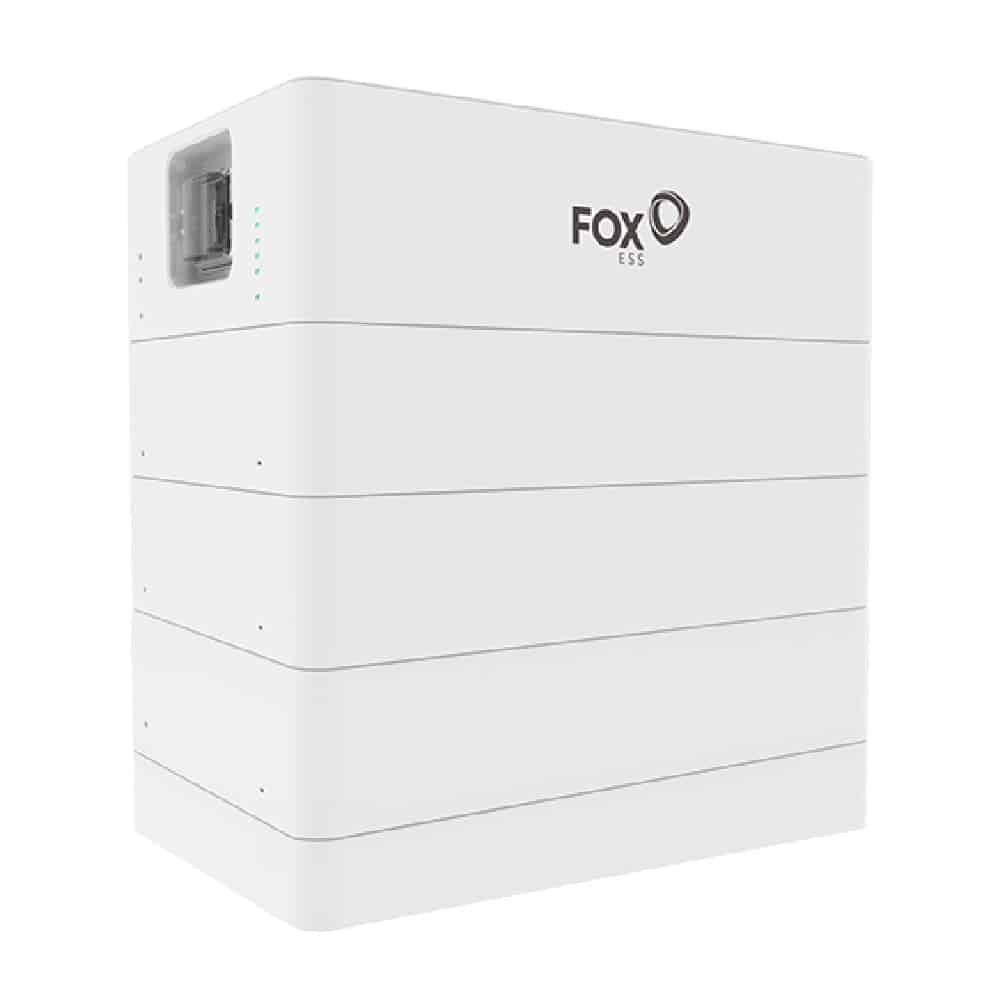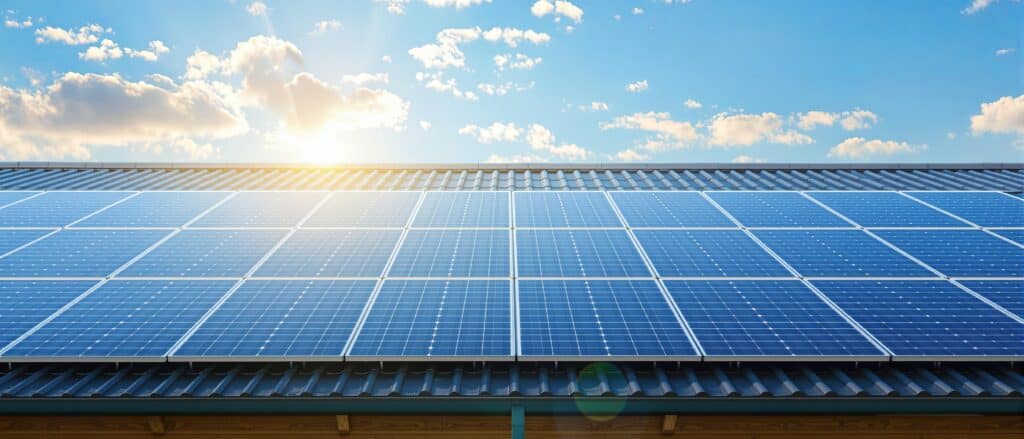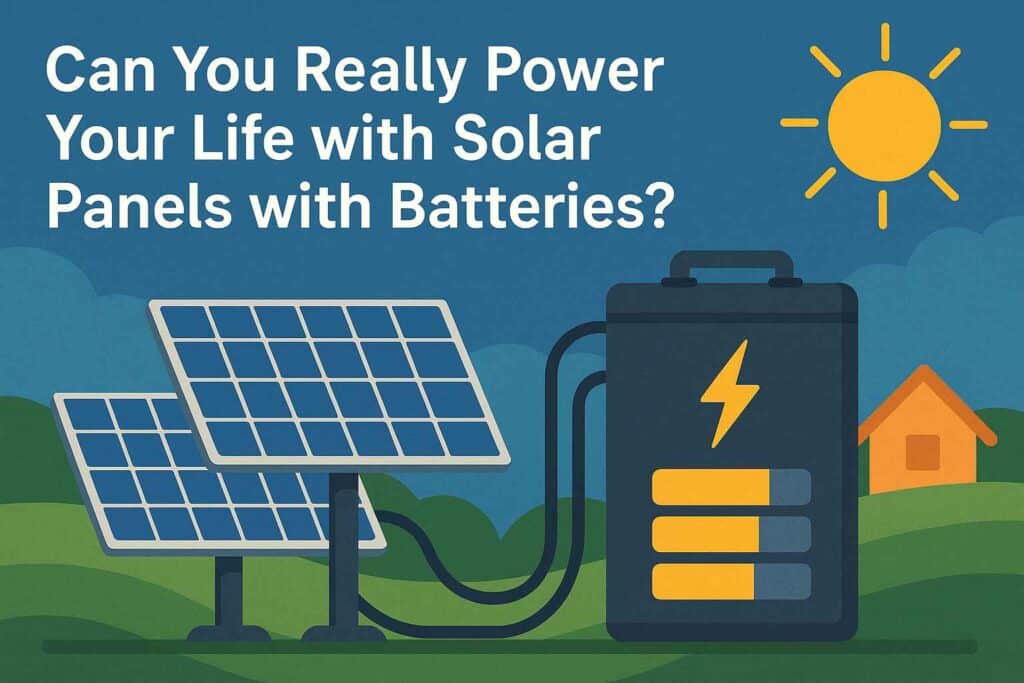📦 Fast Delivery – Order Now!
💸 Shop Safely – 100% Money-Back Guarantee
👨🔧 Lifetime Customer Support
📦 Fast Delivery – Order Now!
💸 Shop Safely – 100% Money-Back Guarantee
👨🔧 Lifetime Customer Support
Yes, it can! And many homeowners are surprised to learn that. Inverters don’t always need batteries. Because modern systems adapt. And while batteries offer storage, some setups work just fine without them. Let’s break it down. Everything here: Inverter without battery!

✅ 3.97 kWh LFP battery module
✅ Scalable up to 27.8 kWh
✅ Plug-and-play installation
An inverter takes DC electricity and turns it into AC power. That’s the type your home appliances need. Solar panels create DC energy. But your fridge, lights, and computer can’t use that directly. So, the inverter steps in.
But wait—if there’s no battery, where does the energy go?

It connects directly to the grid. So, when the sun shines, your solar panels produce electricity. That energy flows to your inverter. Then it gets converted and sent into your home or to the public power grid.
No storage. No delay. Just real-time energy use.
This setup is called a grid-tied inverter system.
There are many! Especially if you want lower costs and simple installation. And you’ll see why many homeowners choose this path:
✅ Lower upfront cost
✅ Simple system design
✅ No battery maintenance
✅ Ideal for day-time energy use
✅ Can feed excess power into the grid (net metering)
Without a battery, your system is leaner. And that makes it easier to manage. Plus, you still enjoy solar savings—especially if you use electricity when the sun is out.

There are trade-offs. If the grid fails, your power usually goes out too. Why? Because most grid-tied inverters automatically shut down during outages. That’s a safety feature. It protects utility workers fixing the grid.
Also, you can’t store energy for night-time or emergencies.
So, while the system works great during the day, it won’t help during a blackout—unless you add a battery later.
Absolutely. Many inverters are hybrid-ready. That means you can start simple—then expand later.
You get flexibility. And you control the pace. Want to invest more later? Just plug in a compatible battery. And your system becomes a hybrid in no time.

Here’s a simple overview:
| Inverter Type | Works Without Battery | Can Add Battery Later? | Typical Use Case |
|---|---|---|---|
| Grid-Tied Inverter | ✅ Yes | ❌ No | Daytime solar savings, grid reliance |
| Hybrid Inverter | ✅ Yes | ✅ Yes | Flexible systems, future-proof |
| Off-Grid Inverter | ❌ No | ✅ Required from start | Remote cabins, no grid connection |
So yes—you can skip the battery, but choose the right inverter for your goals.
Battery prices are still relatively high. And not everyone needs backup power. Especially if your goal is to reduce your electric bill—not live off-grid.
So, if you work from home, use electricity during the day, or just want lower startup costs, this setup is ideal.
And since grid power still supports your home at night, you won’t feel any difference—until there’s a blackout.

✅ 60 kW three-phase inverter
✅ Superior performance with high-efficiency conversion
✅ Ideal for commercial and industrial applications
This is a great fit if:
You want the lowest possible solar installation cost
You live in an area with reliable grid power
You use most of your power during the day
You plan to add batteries later, not now
You’re looking for fast ROI
AceFlex.us helps hundreds of families each year install these smart, cost-effective systems.
Thinking about solar but unsure about batteries?
At AceFlex.us, we make it simple. Our team guides you through every step—whether you want a no-battery start or a full hybrid system.
👉 Contact us today for a free consultation!
We’ll help you go solar smart—without breaking the bank.
➡️ Visit www.aceflex.us or call us now!
Let’s power your future, one sunbeam at a time. ☀️

An inverter can absolutely work without a battery. It just needs a grid connection. This approach is affordable, simple, and effective for daytime solar usage.
But remember—no battery means no backup. So weigh your priorities. And choose what fits your lifestyle best.
At AceFlex, we help you design a system that grows with your needs.

Yes, many grid-tied inverters work without a battery because they use power directly from the solar panels. However, if there’s no sunlight and no battery, the system won’t supply power.
No, you don’t always need a battery because some inverters operate in real-time with solar power. But if you want backup during outages, you’ll need a battery.
A hybrid inverter can be more expensive because it combines multiple functions in one unit. And although it offers flexibility, it may not be fully optimized if the battery or solar input isn’t properly sized.
Yes, you can run certain inverters directly from solar panels if they’re grid-tied or designed for real-time operation. But without a battery or grid connection, you’ll lose power when the sun goes down.
Yes, you can connect a solar panel directly to an inverter if the system is designed for grid-tied use. Still, without storage, the power stops the moment the sun isn’t shining.
You need about 8 solar panels rated at 400W each to supply a 3000W inverter. But the exact number may change depending on panel efficiency and how many sun hours your location gets.
Not long — a single 12V battery will run a 3000W inverter for only a few minutes. That’s because high wattage quickly drains the battery, especially without enough capacity.
If you connect too many panels, the inverter might overload or shut down to protect itself. Also, it could reduce power output to stay within safe operating limits.
A 5000W inverter can power large appliances like refrigerators, air conditioners, and microwaves at the same time. But total wattage must stay under 5000W to avoid overload.
It can run nearly an entire home, including HVAC systems, kitchen appliances, and tools. Still, you must ensure your wiring and battery bank can handle that much load safely.
Yes, 5000W is enough for most households, especially if you’re energy-conscious. However, if you use high-demand appliances all at once, it might not be sufficient.
You’ll need at least 8 to 10 deep-cycle 12V batteries wired correctly to power a 5000W inverter. But the exact number depends on how long you want it to run.
You’ll typically need 16 to 20 panels rated at 300W each to supply a 5000W inverter. Yet, the final count also depends on location and daily sun exposure.
Yes, a 5kW inverter can run a medium-sized house if the load is managed well. But during peak usage, you might need to stagger appliance use.
To run 5000W for one hour, you’d need a battery bank with at least 5000Wh capacity — for example, four 12V 100Ah batteries. However, for longer backup, you’ll need even more storage.
AceFlex is one of the leading online retailers of renewable energy products and offers a wide range of solar products. We work with well-known manufacturers and wholesalers and can offer you cost-effective products in the field of photovoltaics so that you too can contribute to the energy transition.
Looking for an experienced team for planning your photovoltaic system without the hassle of doing it yourself? We are your trusted partner, offering comprehensive nationwide solutions. We provide expert consultation and supply of both photovoltaic systems and storage units tailored to your specific needs.
© 2025 Aceflex All Rights Reserved. Design by Media Pantheon, Inc.